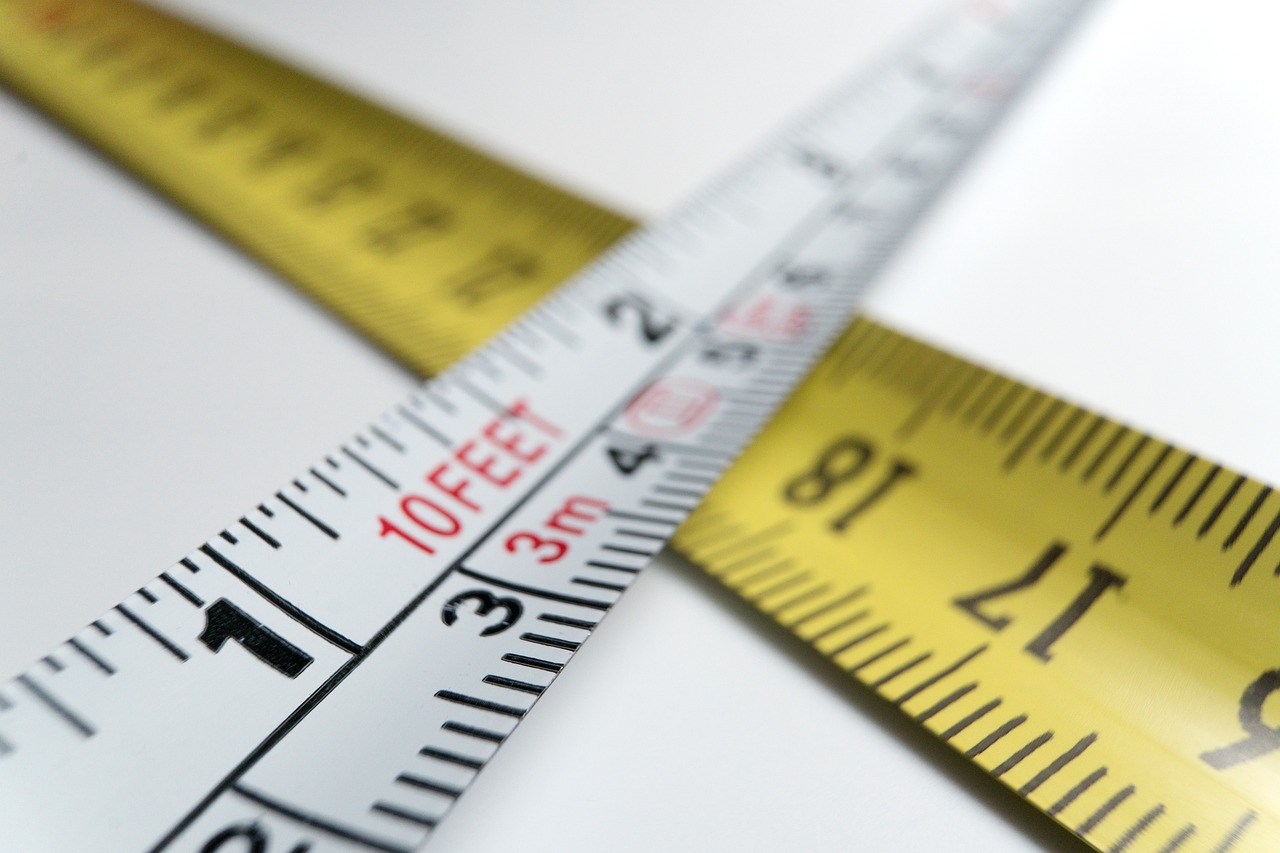Total useful floor area TUFA
The area of a building can be measured in a number of different ways, and it is very important to be clear about which measure is being used, for example in property sales, planning applications, building regulations applications, lease negotiations, rating valuations and so on.
The term 'total useful floor area' (TUFA), or 'total usable floor area' is described in part L of the building regulations as:
'...the total area of all enclosed spaces measured to the internal face of the external walls. In this convention:
- The area of sloping surfaces such as staircases, galleries, raked auditoria and tiered terraces should be taken as their area on plan.
- Areas that are not enclosed such as open floors, covered ways and balconies are excluded.'
It suggests that is equivalent to the 'gross floor area' as measured in accordance with the guidance issued to surveyors by the Royal Institution of Chartered Surveyors (RICS).
This refers to the precise definitions for the accurate measurement of buildings set out in the RICS Code of Measuring Practice. However, the term 'gross floor area' is more correctly described as 'gross internal area', which describes the enclosed area of a building within the external walls taking each floor into account but excluding the thickness of the external walls. This is distinct from the 'gross external areal' which describes the whole area of the building, including external walls.
Energy Performance of Buildings Certificates: glossary, originally published by the Ministry of Housing, Communities & Local Government in 2014, states: ‘In the EPB Regulations (Energy Performance of Buildings) “total useful floor area” means the gross floor area as measured in accordance with the guidance issued from time to time by the Royal Institution of Chartered Surveyors or by anybody replacing that Institution.’
For more information, see Gross internal area.
See also: Usable floor area.
[edit] Related articles on Designing Buildings
Featured articles and news
RTPI leader to become new CIOB Chief Executive Officer
Dr Victoria Hills MRTPI, FICE to take over after Caroline Gumble’s departure.
Social and affordable housing, a long term plan for delivery
The “Delivering a Decade of Renewal for Social and Affordable Housing” strategy sets out future path.
A change to adoptive architecture
Effects of global weather warming on architectural detailing, material choice and human interaction.
The proposed publicly owned and backed subsidiary of Homes England, to facilitate new homes.
How big is the problem and what can we do to mitigate the effects?
Overheating guidance and tools for building designers
A number of cool guides to help with the heat.
The UK's Modern Industrial Strategy: A 10 year plan
Previous consultation criticism, current key elements and general support with some persisting reservations.
Building Safety Regulator reforms
New roles, new staff and a new fast track service pave the way for a single construction regulator.
Architectural Technologist CPDs and Communications
CIAT CPD… and how you can do it!
Cooling centres and cool spaces
Managing extreme heat in cities by directing the public to places for heat stress relief and water sources.
Winter gardens: A brief history and warm variations
Extending the season with glass in different forms and terms.
Restoring Great Yarmouth's Winter Gardens
Transforming one of the least sustainable constructions imaginable.
Construction Skills Mission Board launch sector drive
Newly formed government and industry collaboration set strategy for recruiting an additional 100,000 construction workers a year.
New Architects Code comes into effect in September 2025
ARB Architects Code of Conduct and Practice available with ongoing consultation regarding guidance.
Welsh Skills Body (Medr) launches ambitious plan
The new skills body brings together funding and regulation of tertiary education and research for the devolved nation.
Paul Gandy FCIOB announced as next CIOB President
Former Tilbury Douglas CEO takes helm.
UK Infrastructure: A 10 Year Strategy. In brief with reactions
With the National Infrastructure and Service Transformation Authority (NISTA).
























Comments
[edit] To make a comment about this article, click 'Add a comment' above. Separate your comments from any existing comments by inserting a horizontal line.